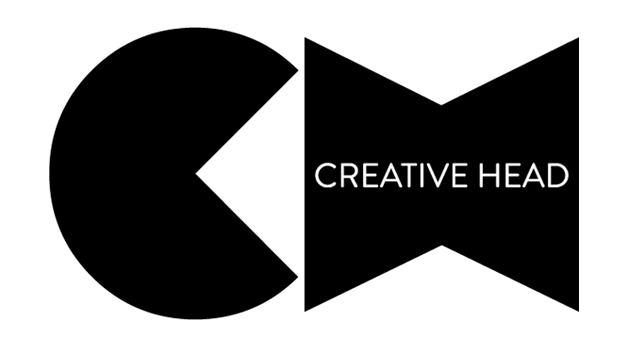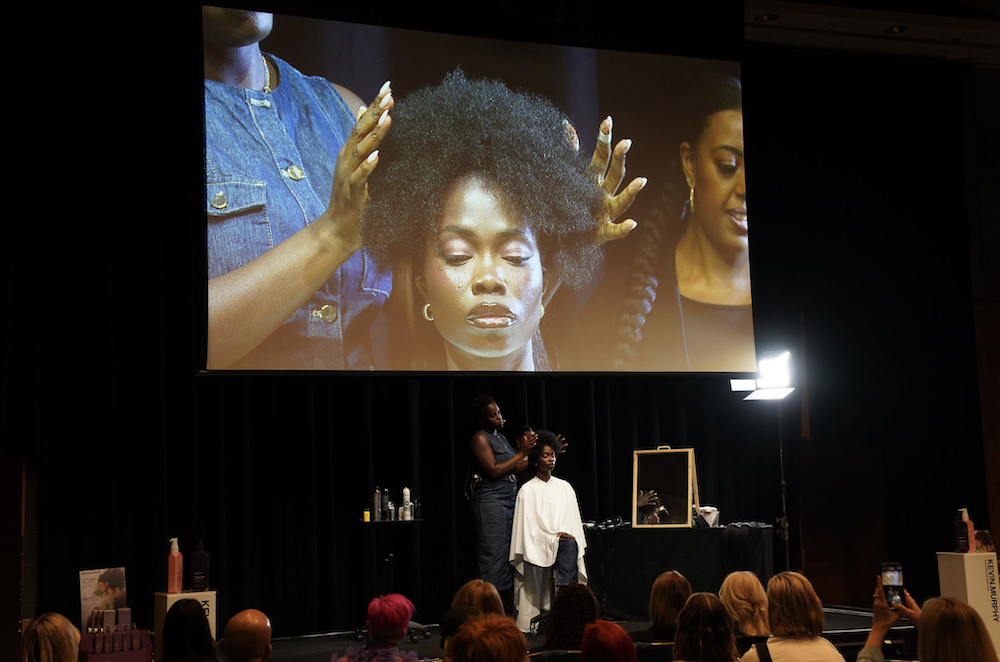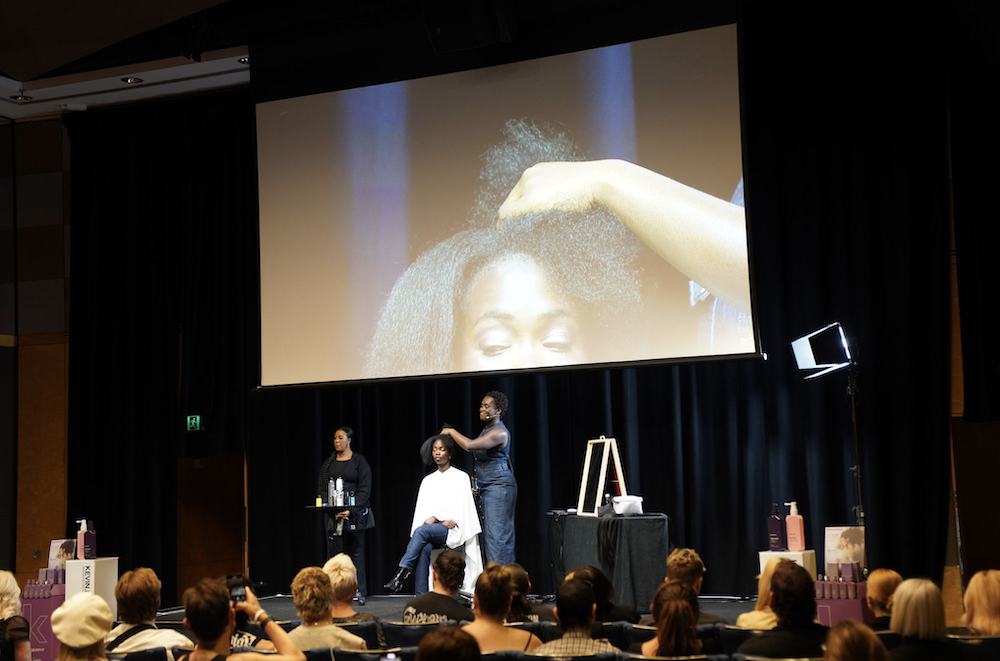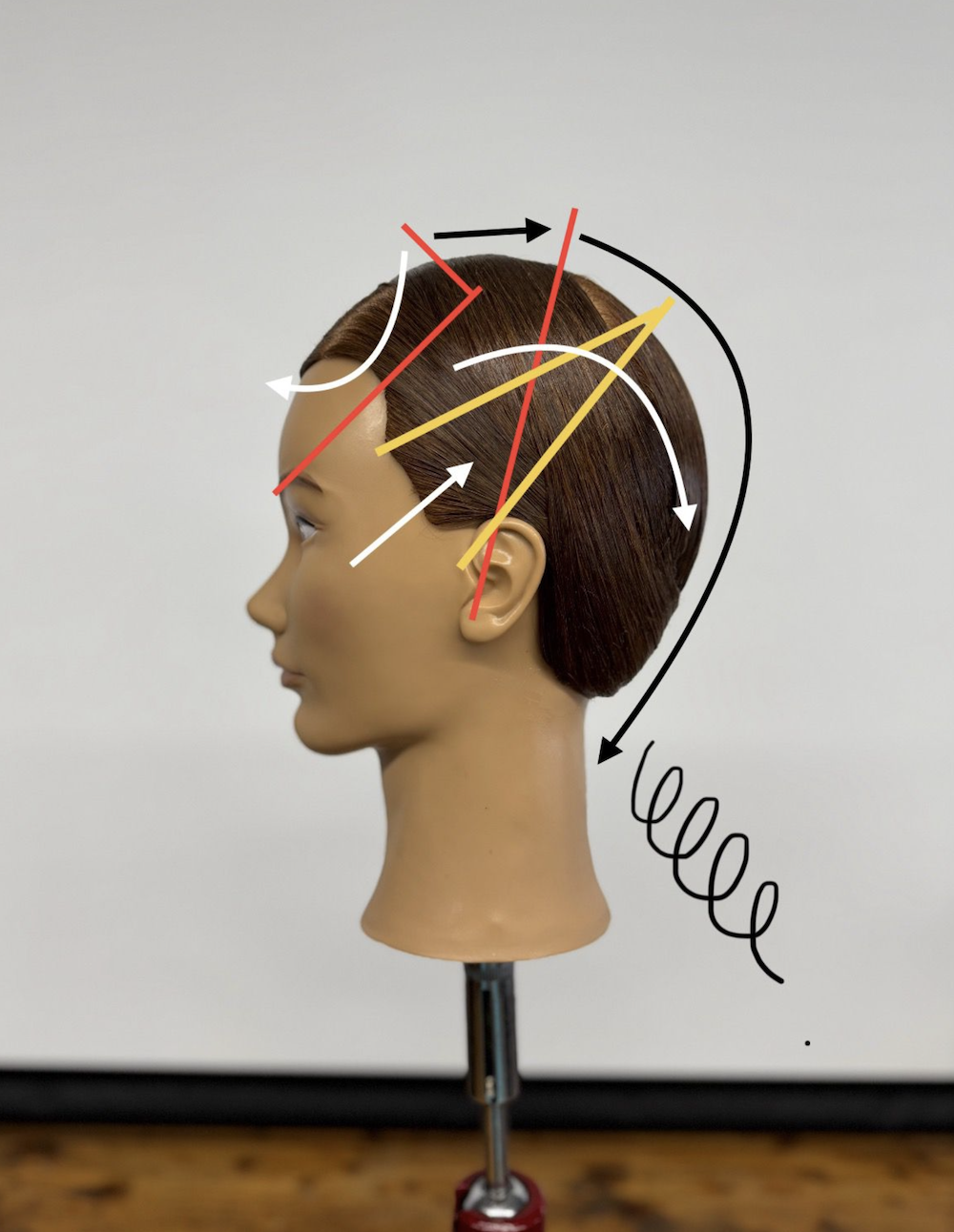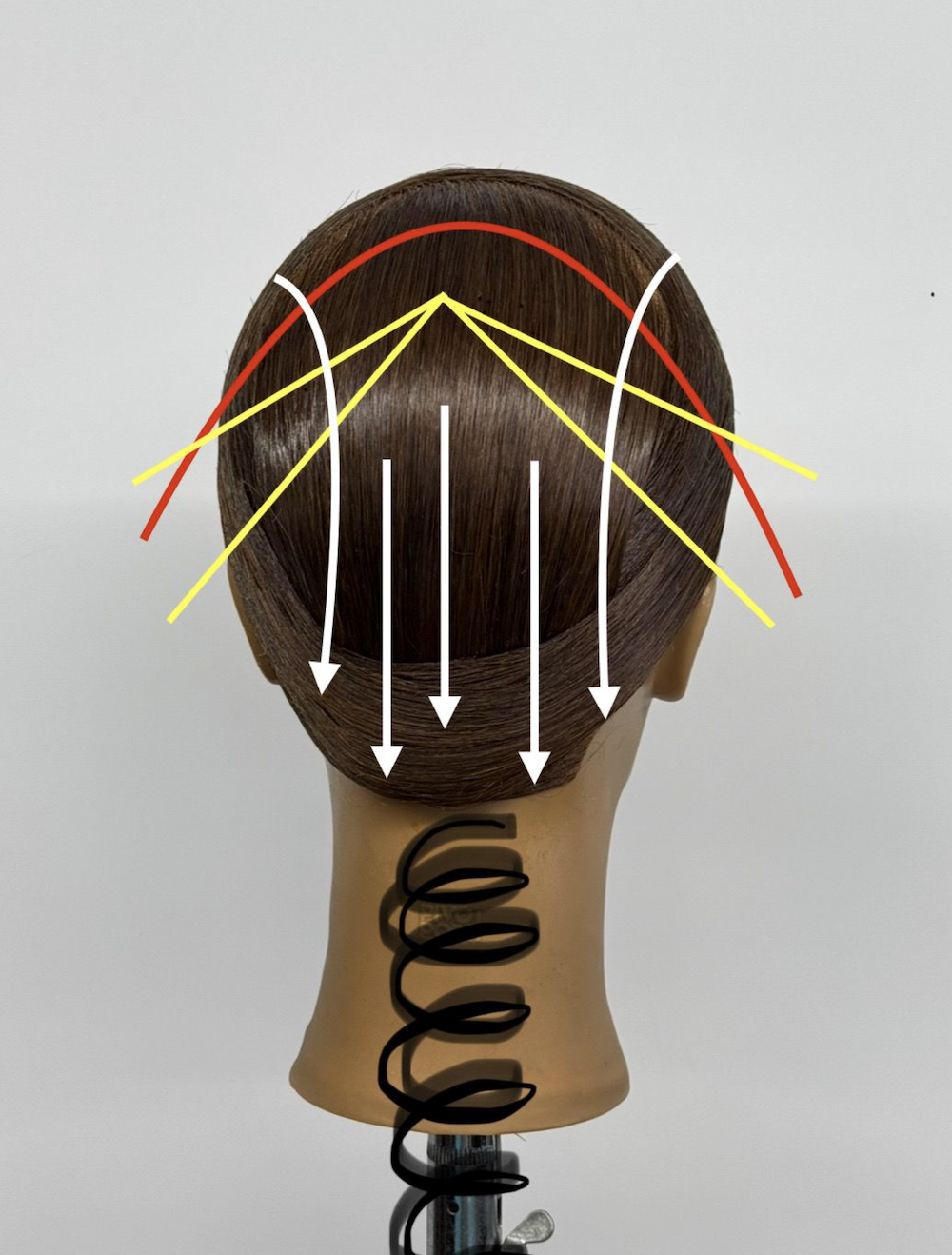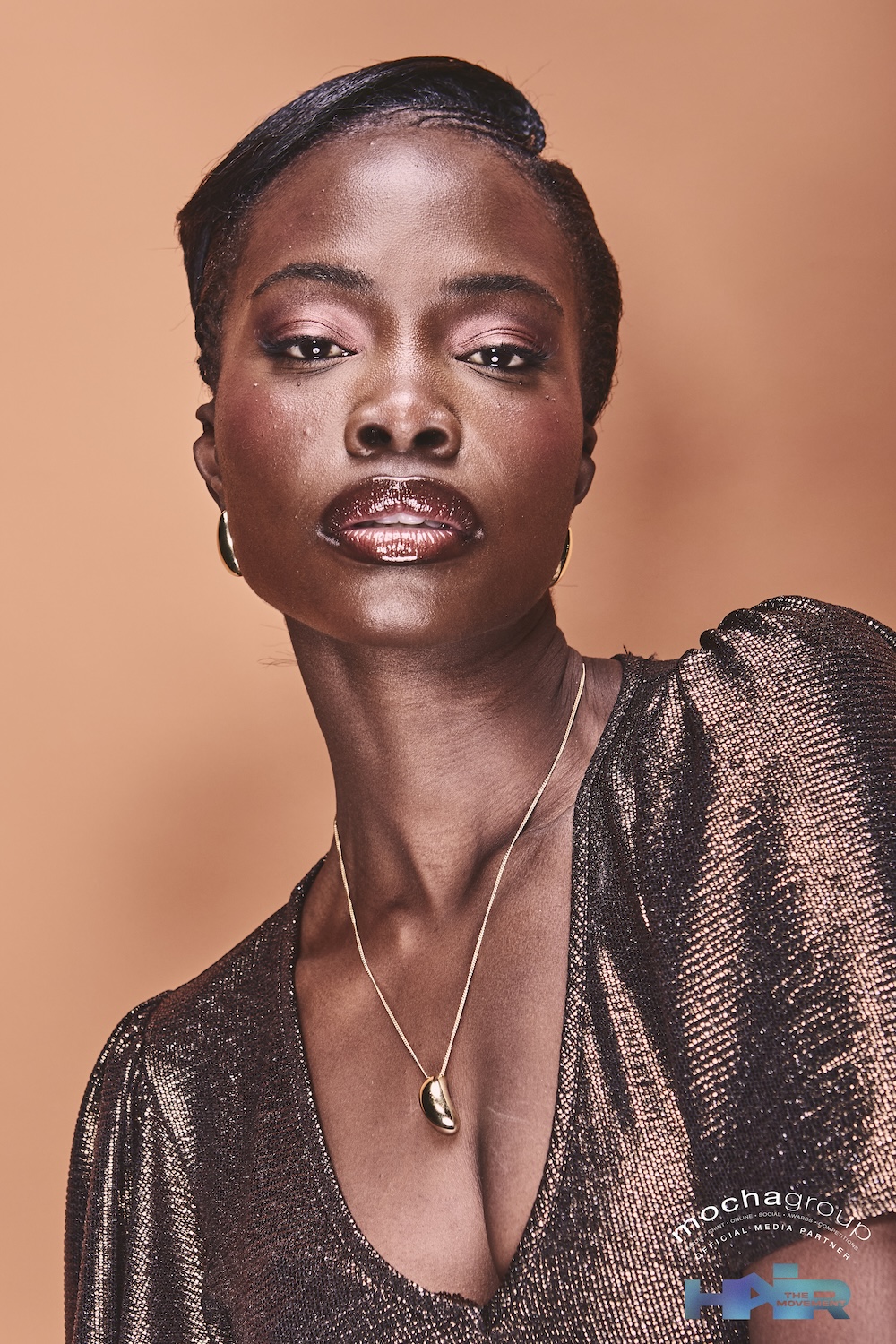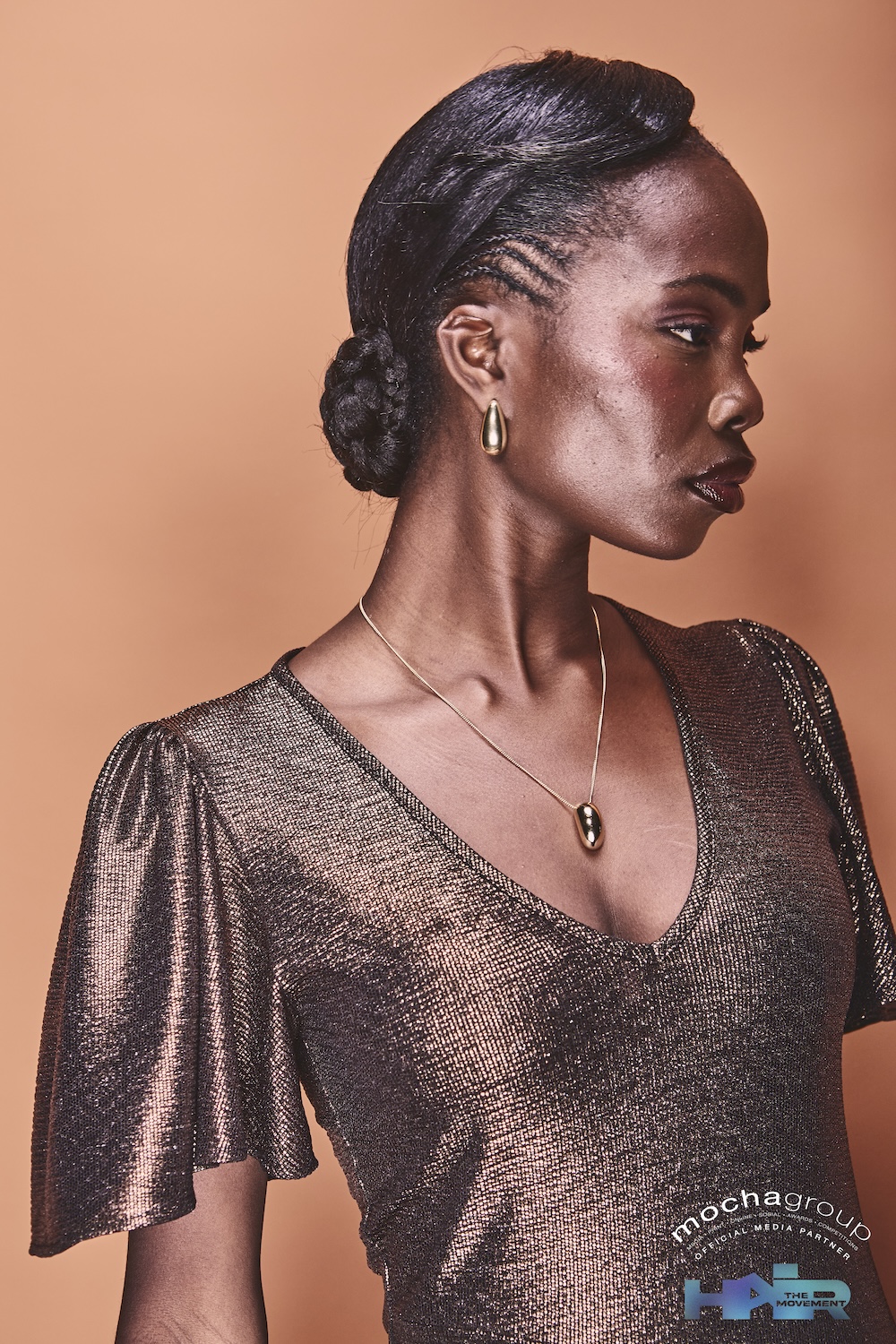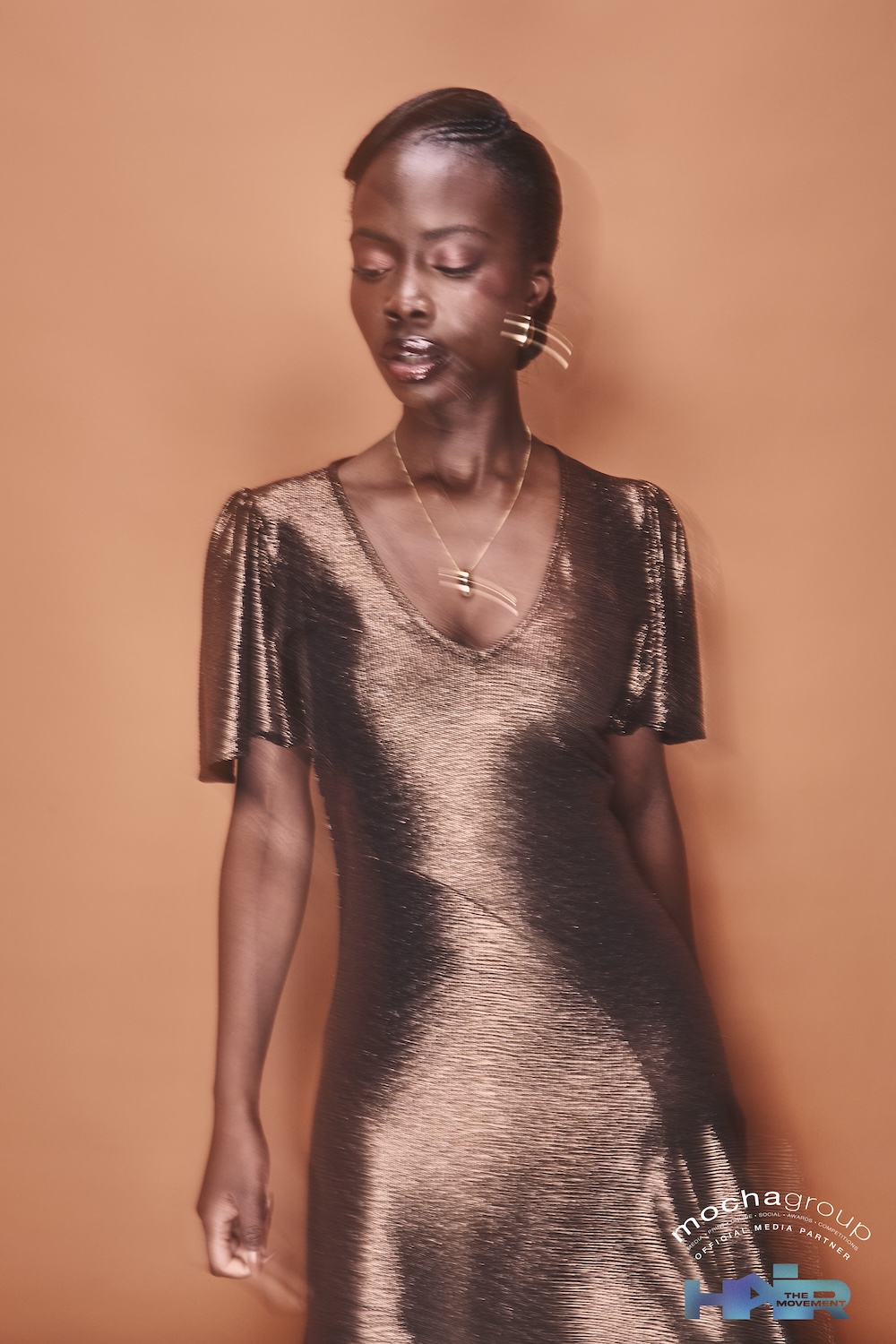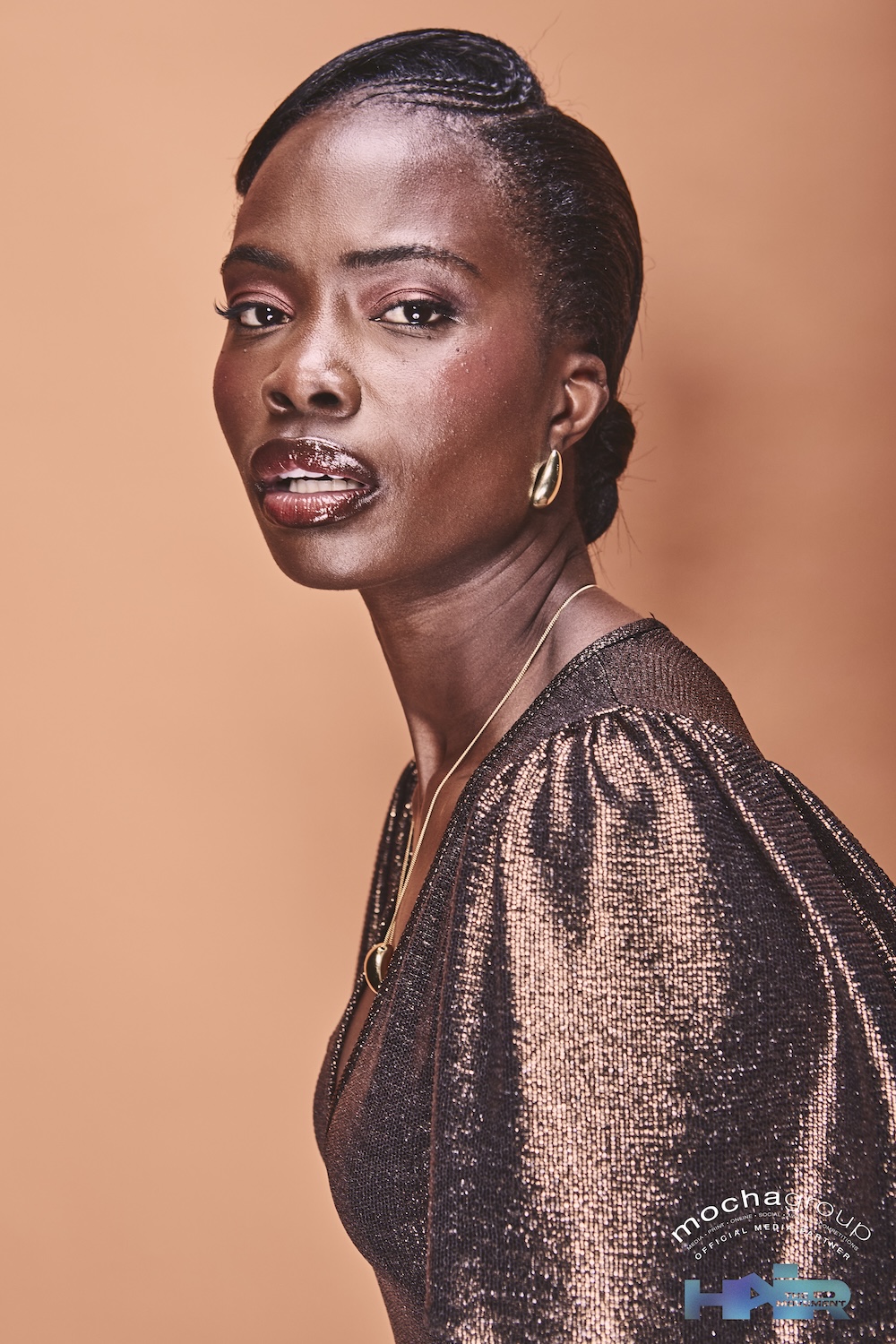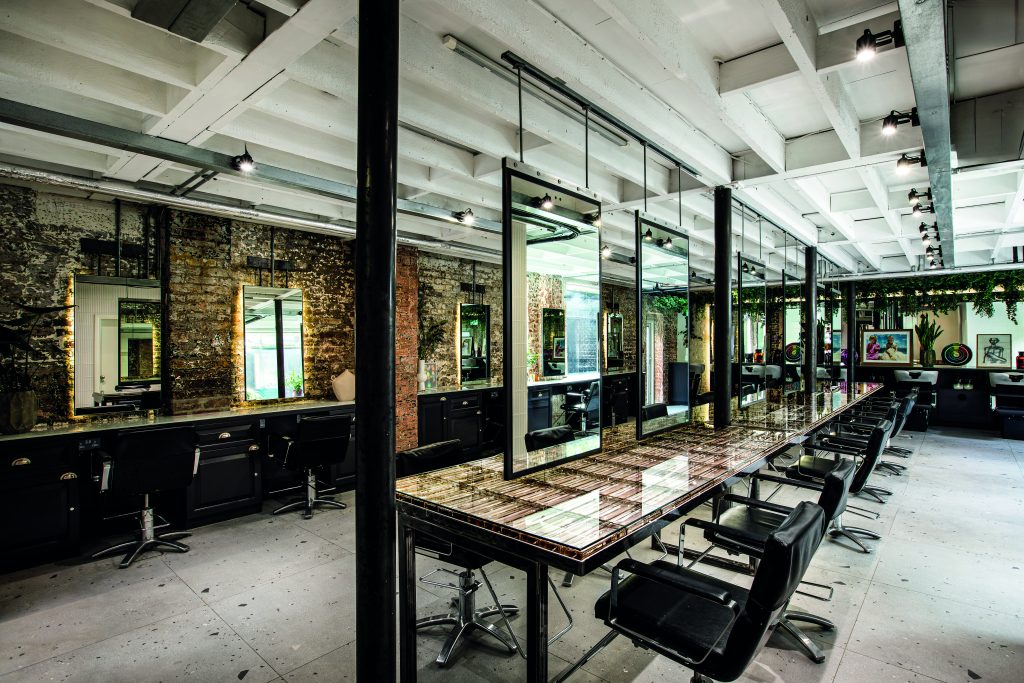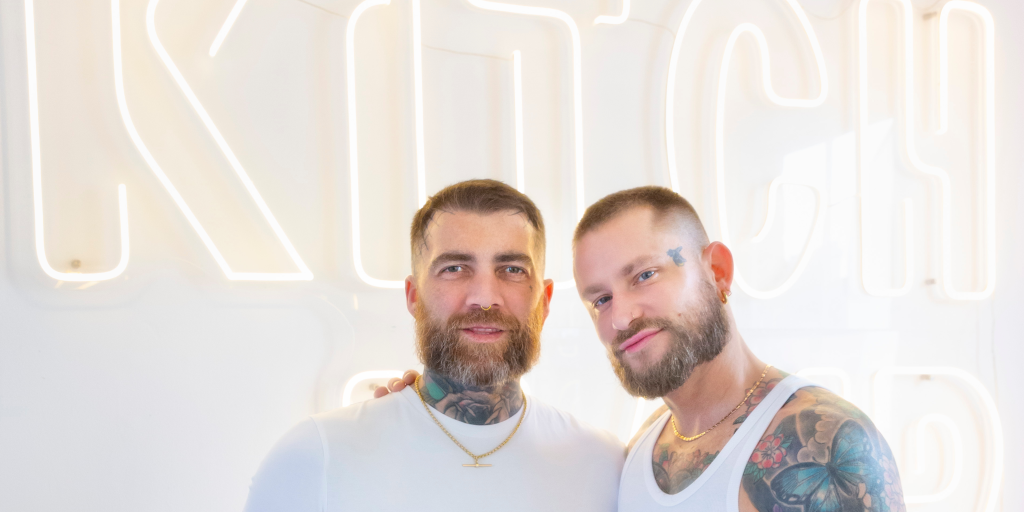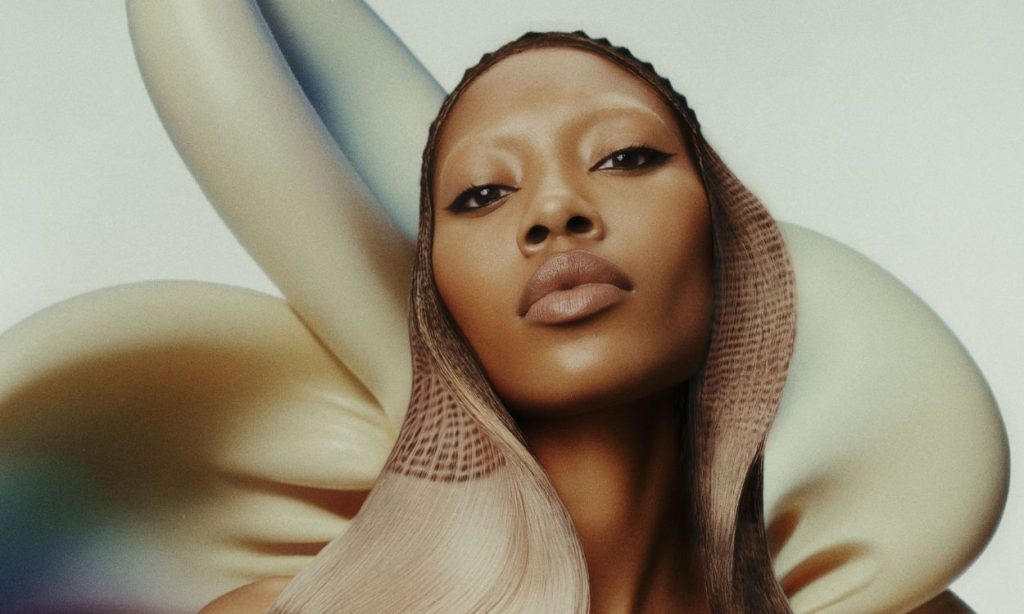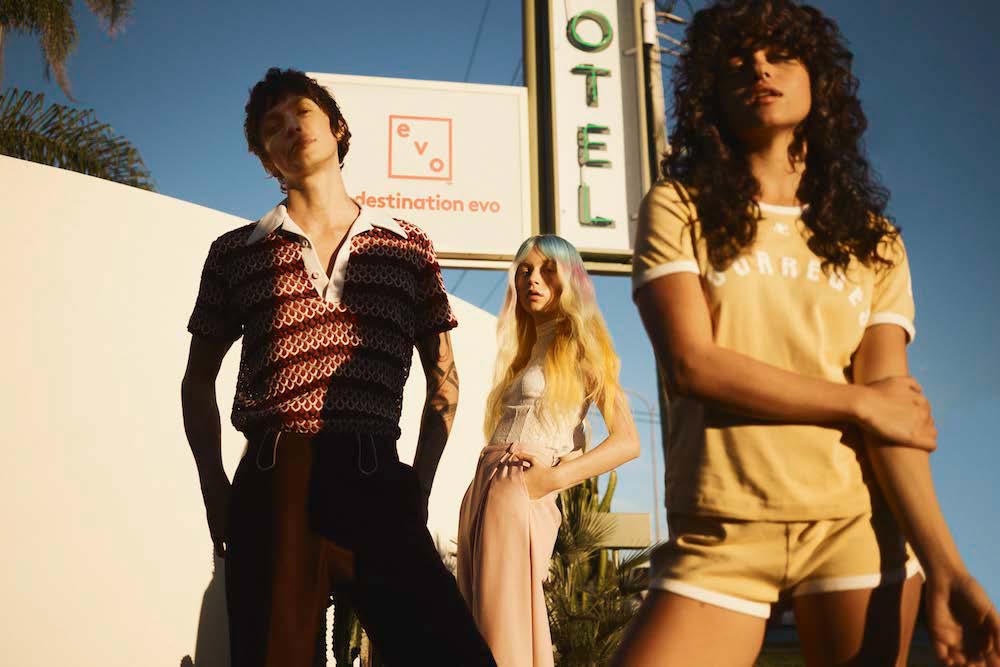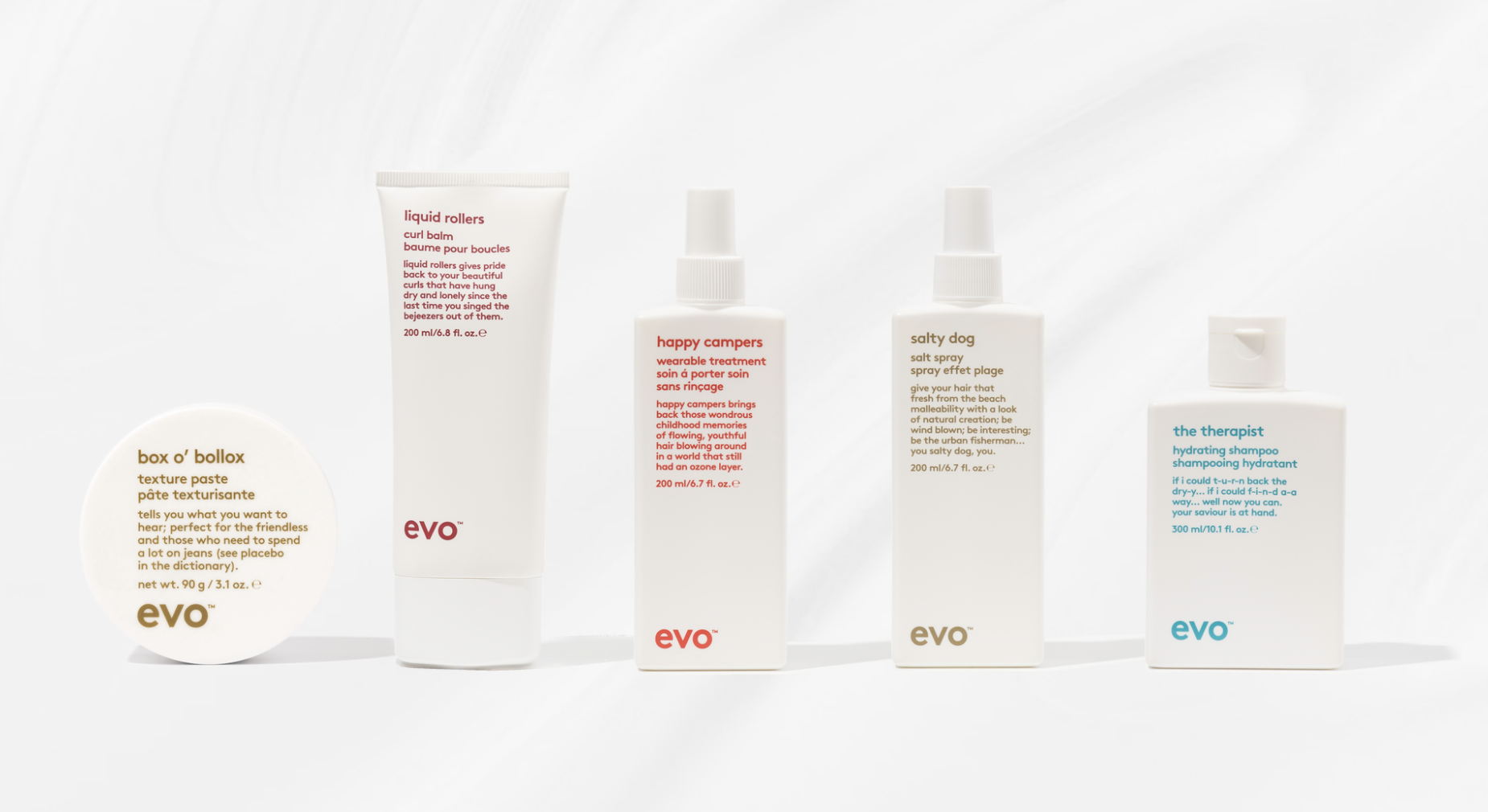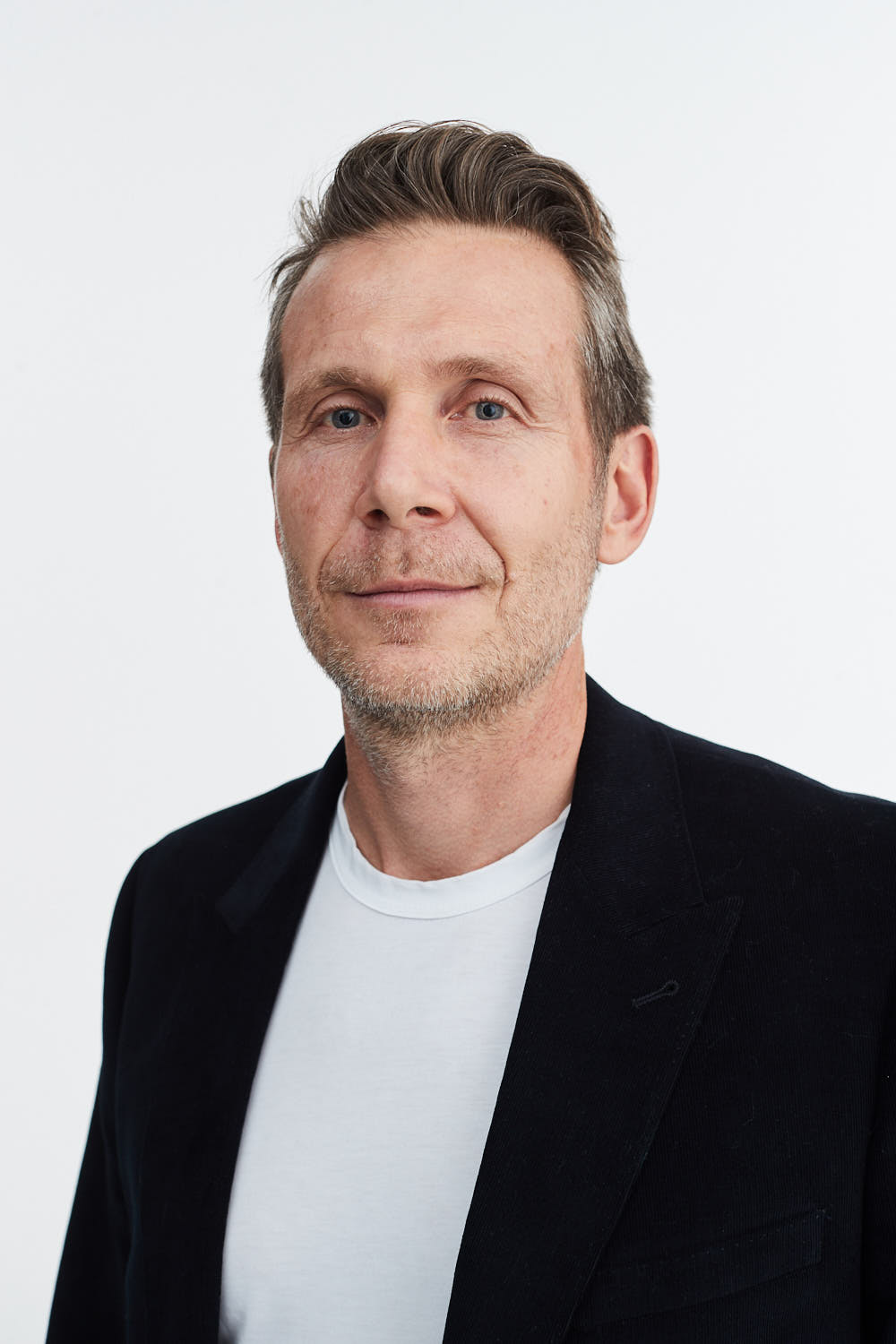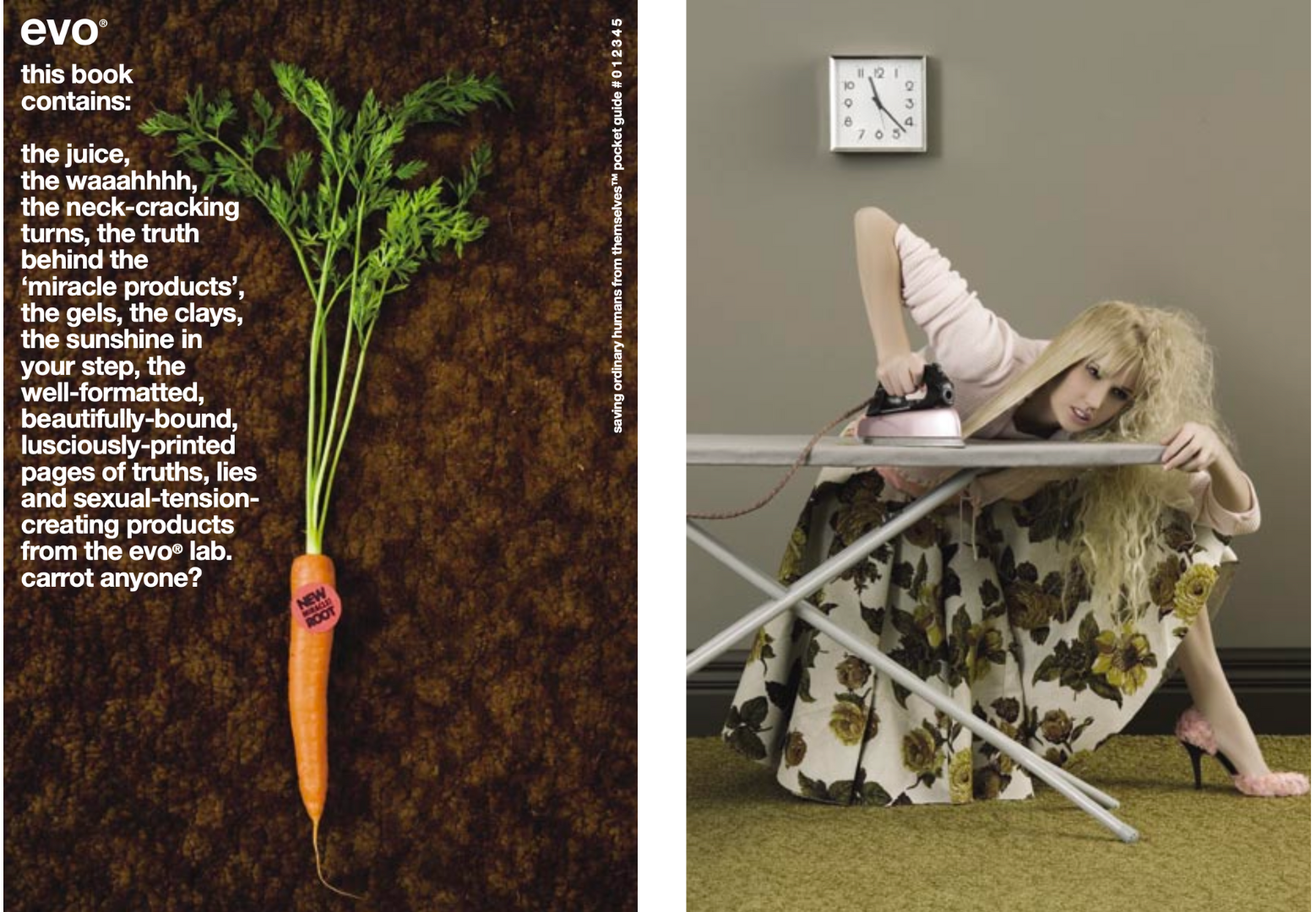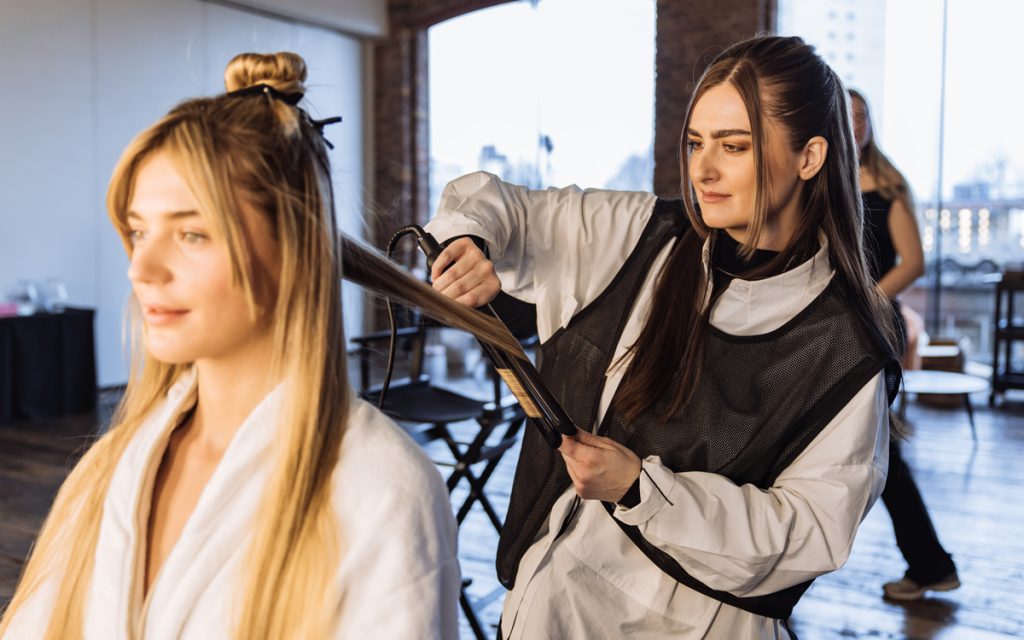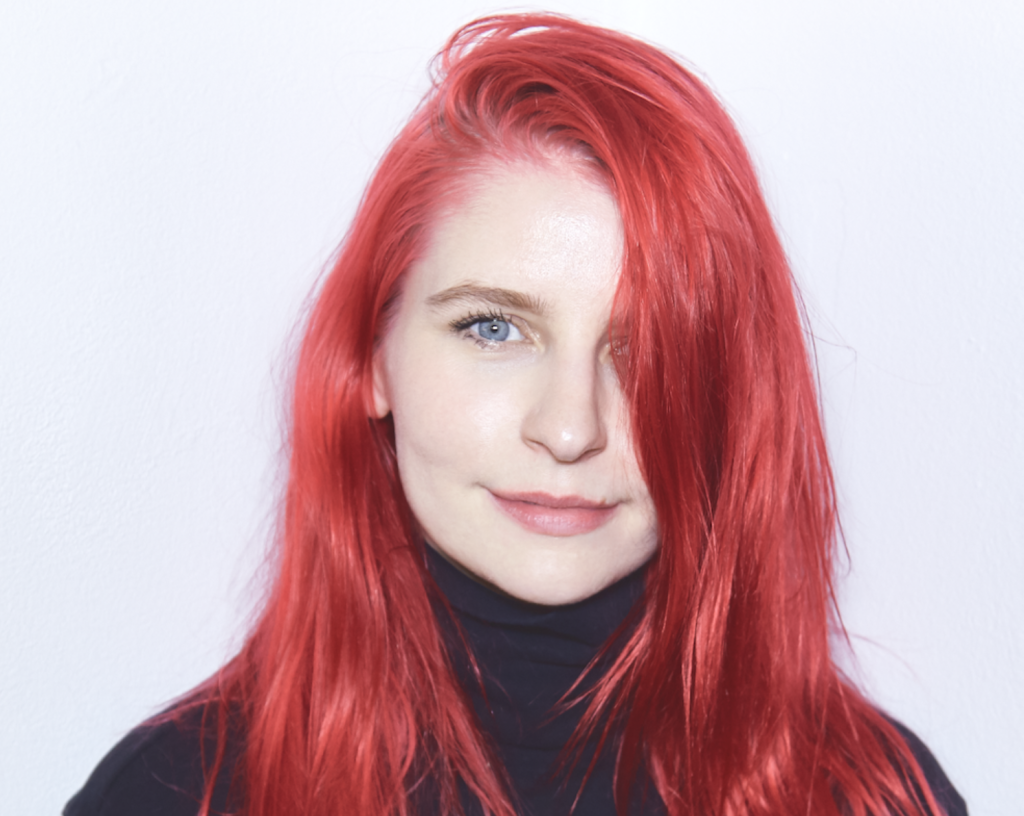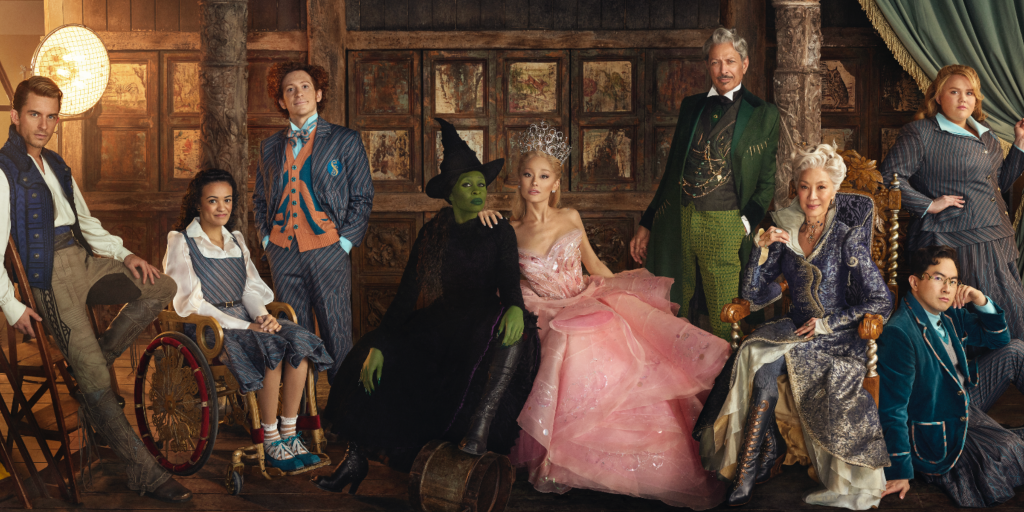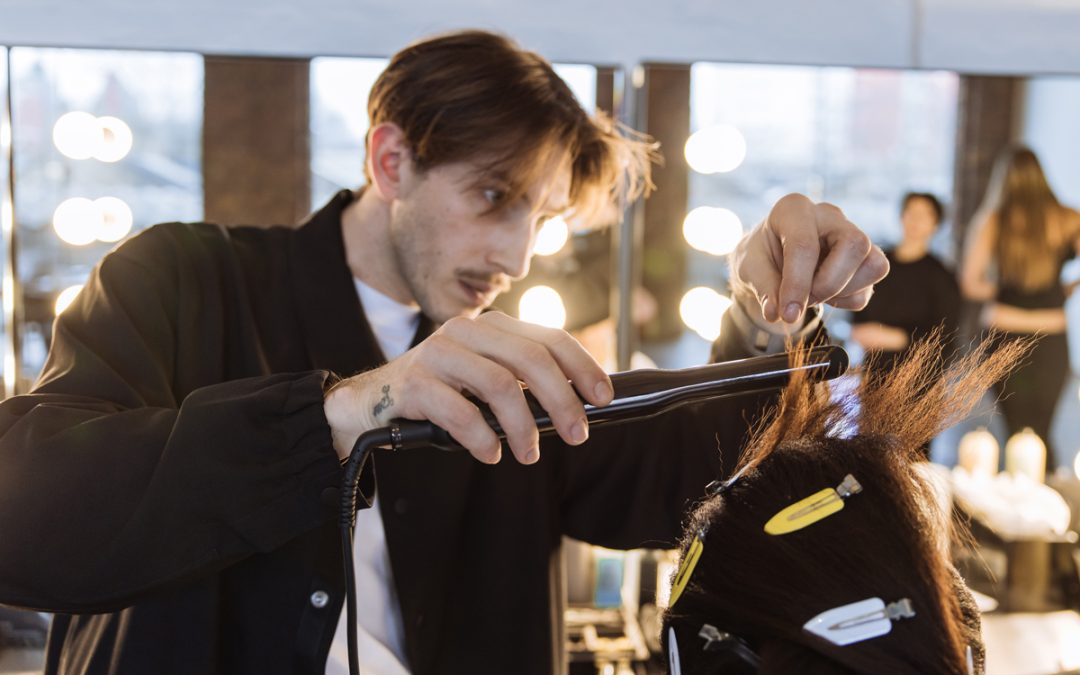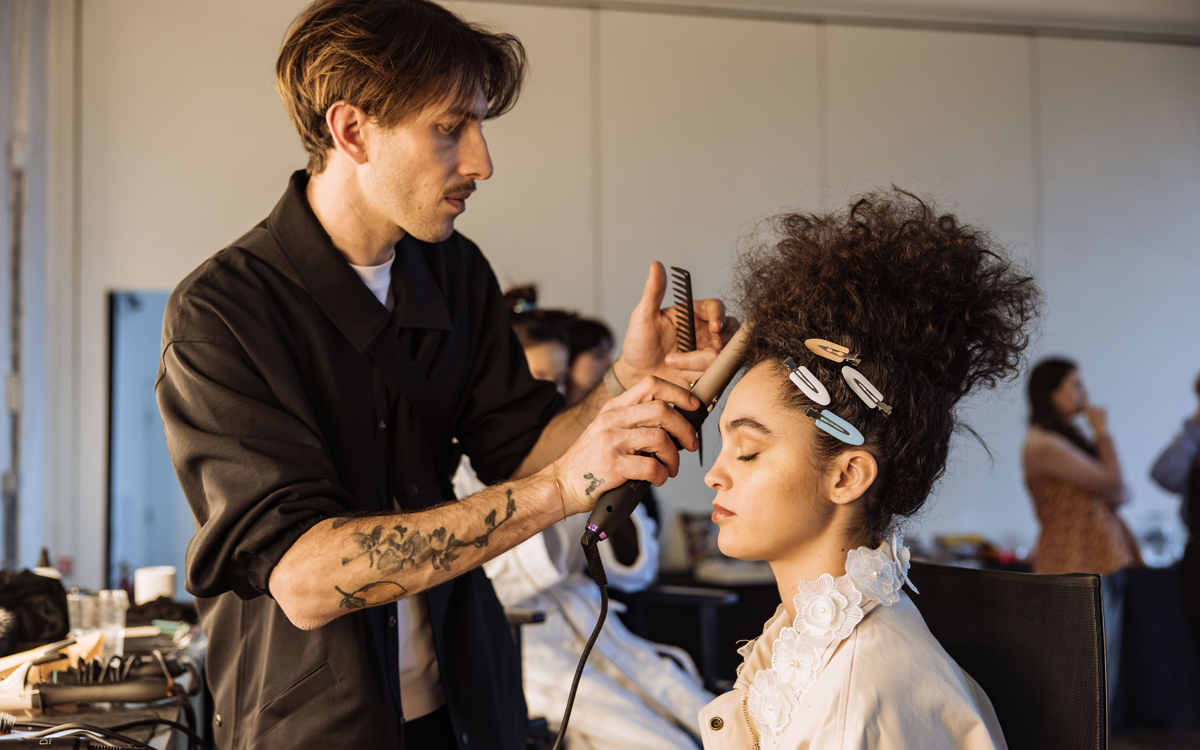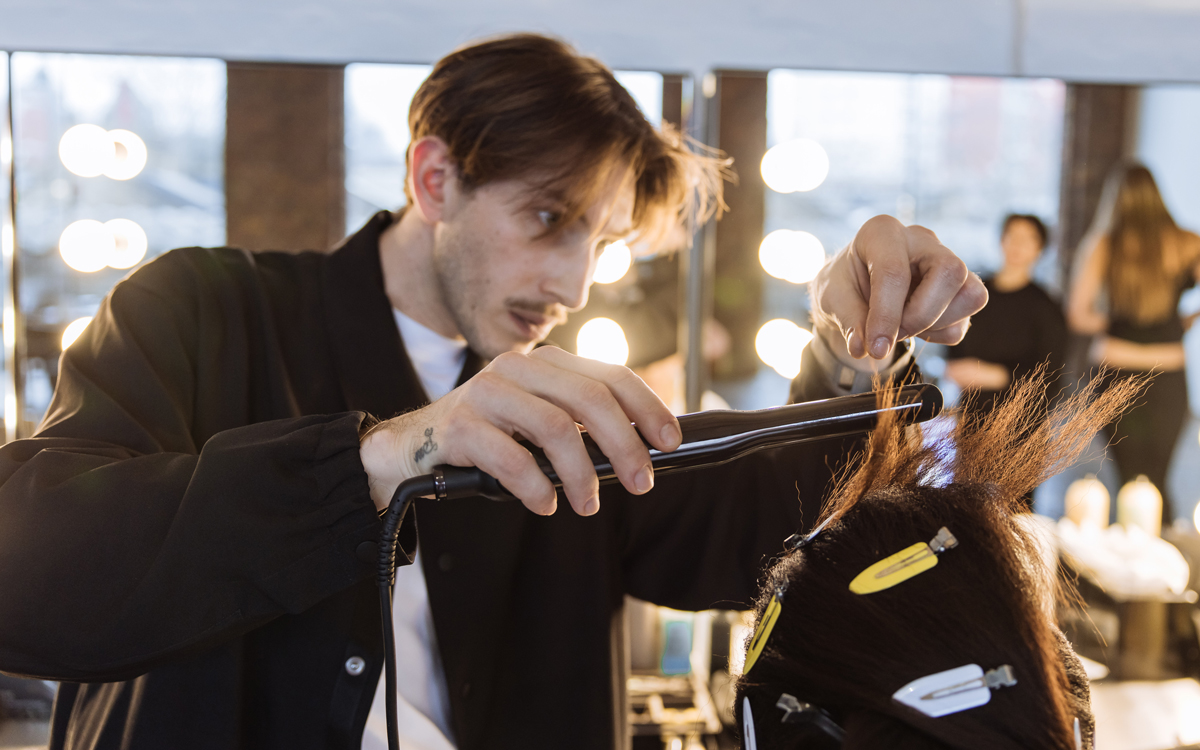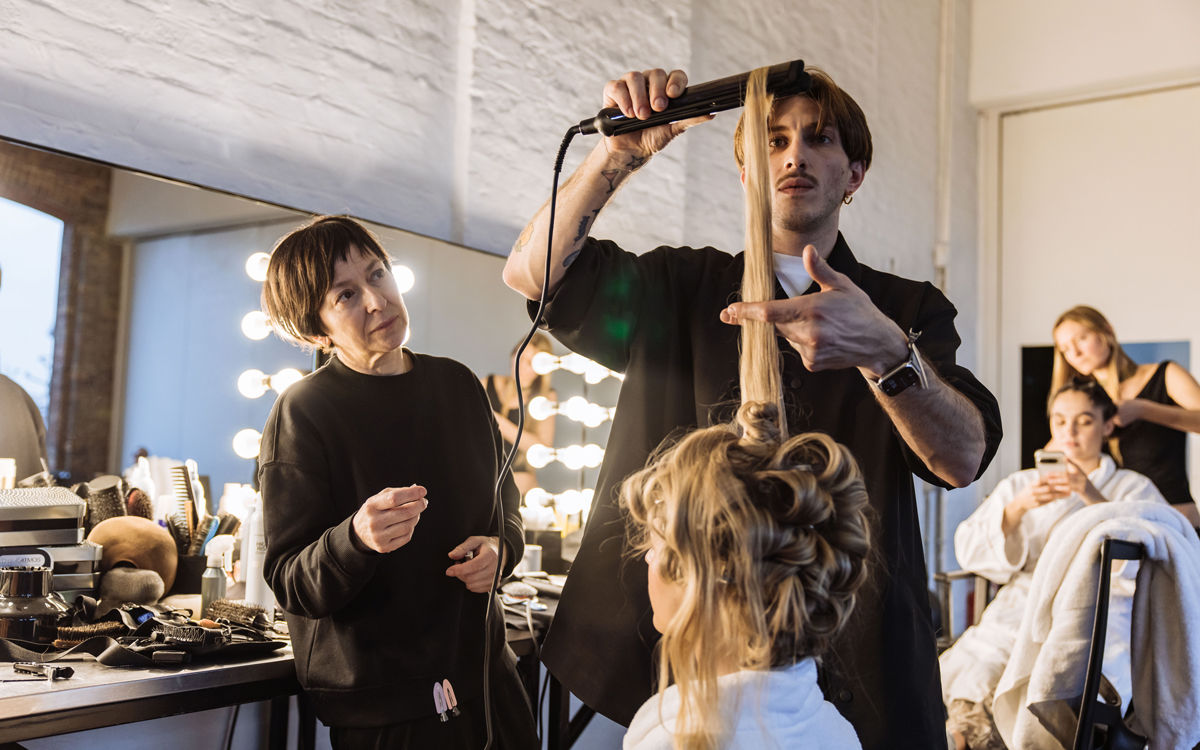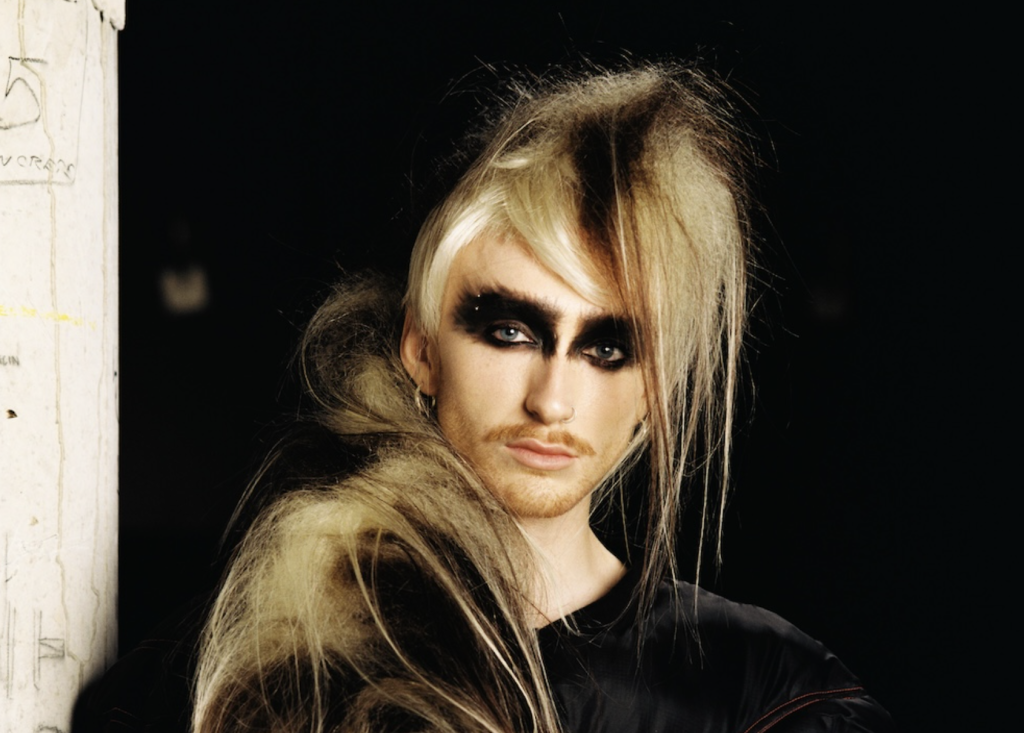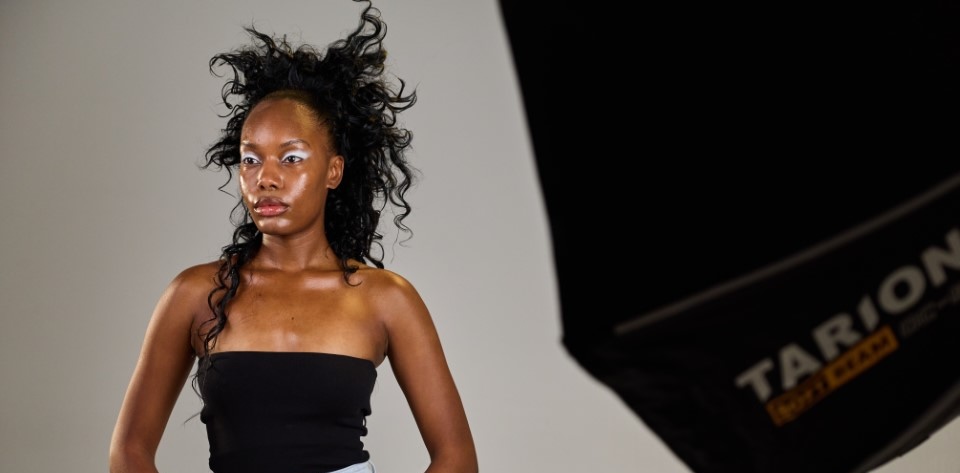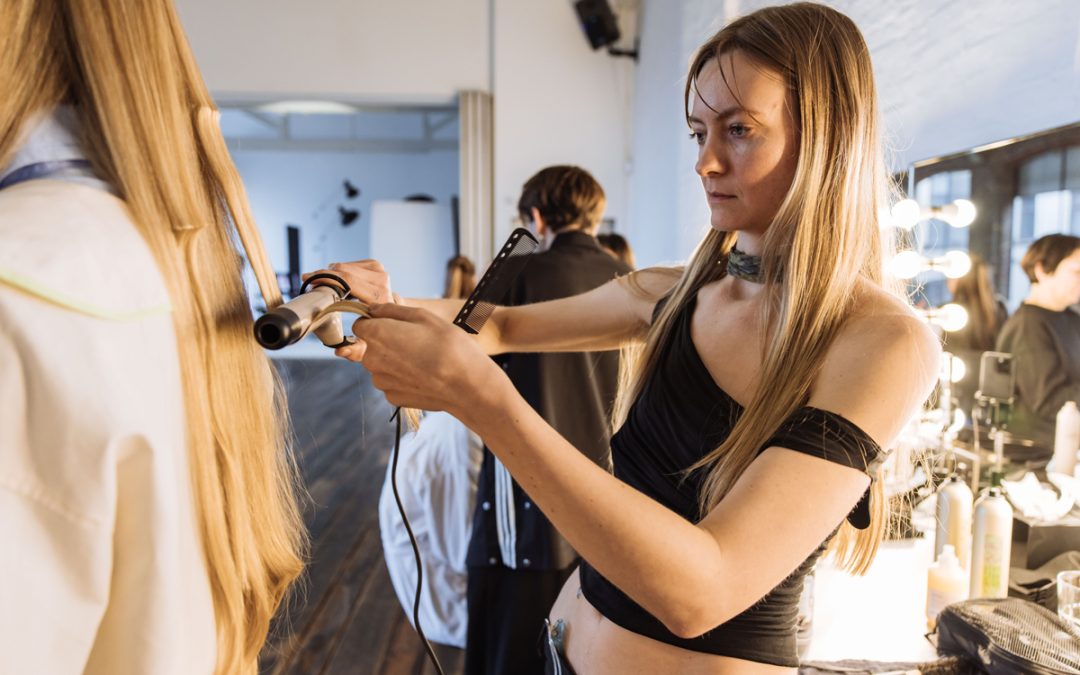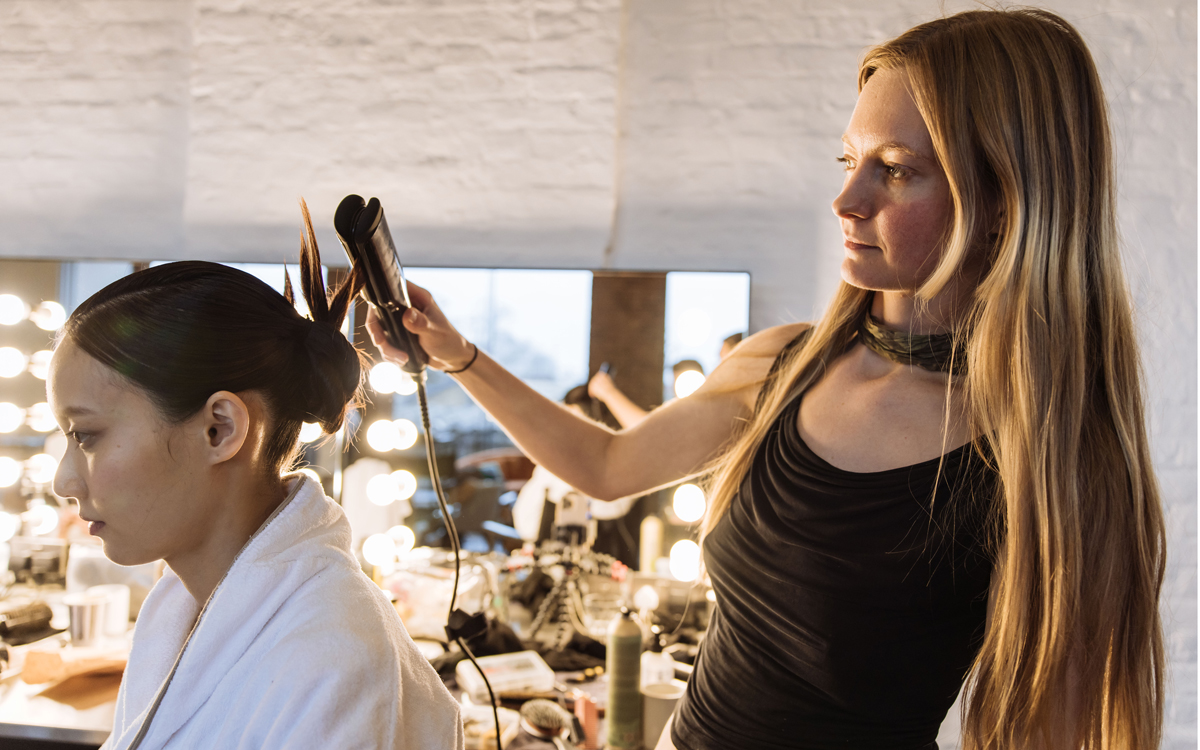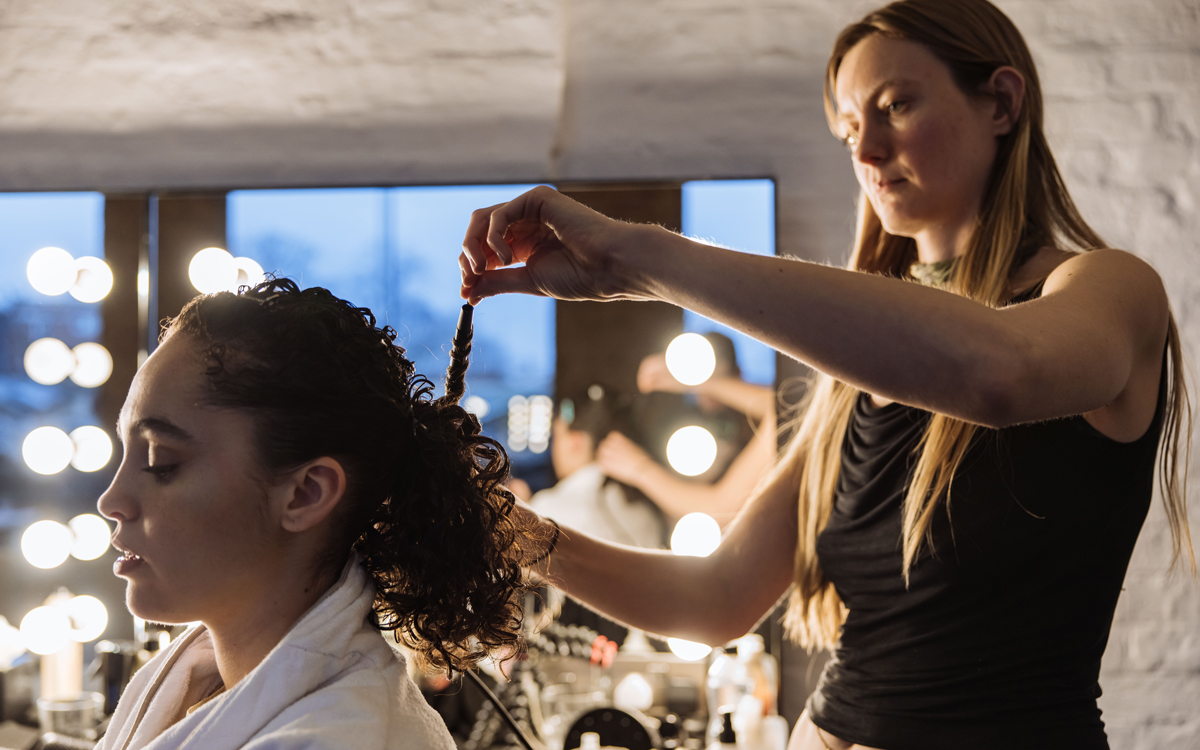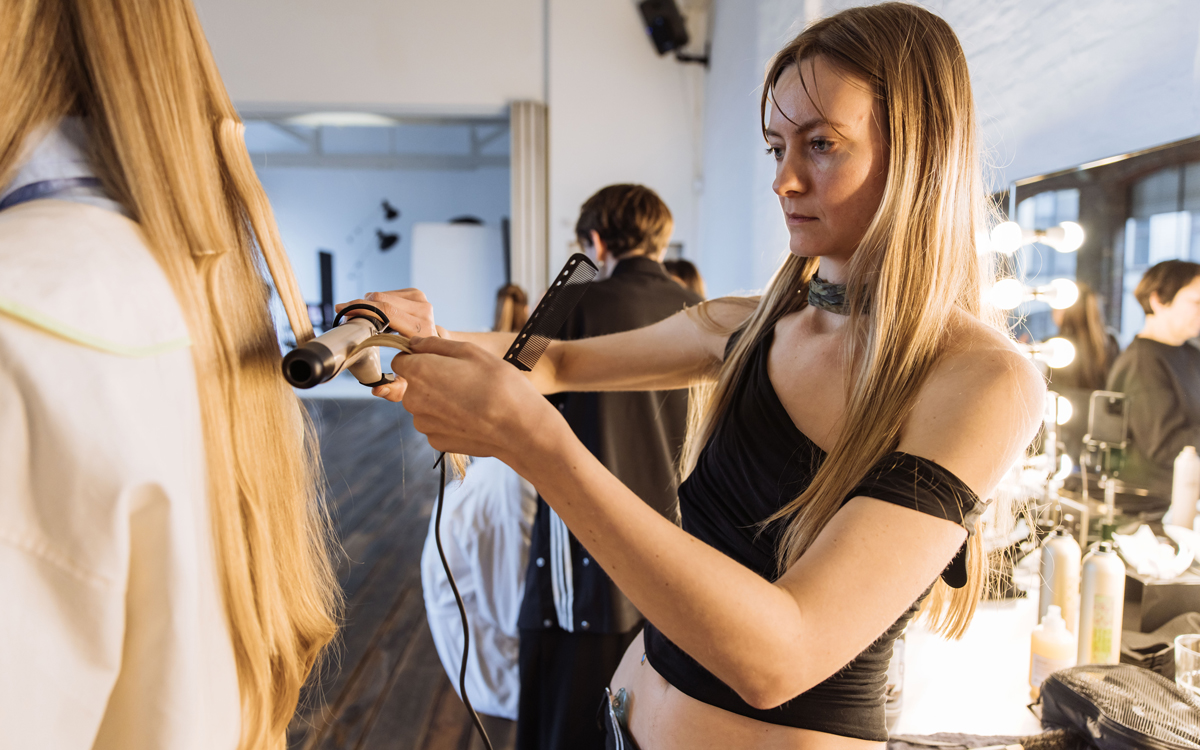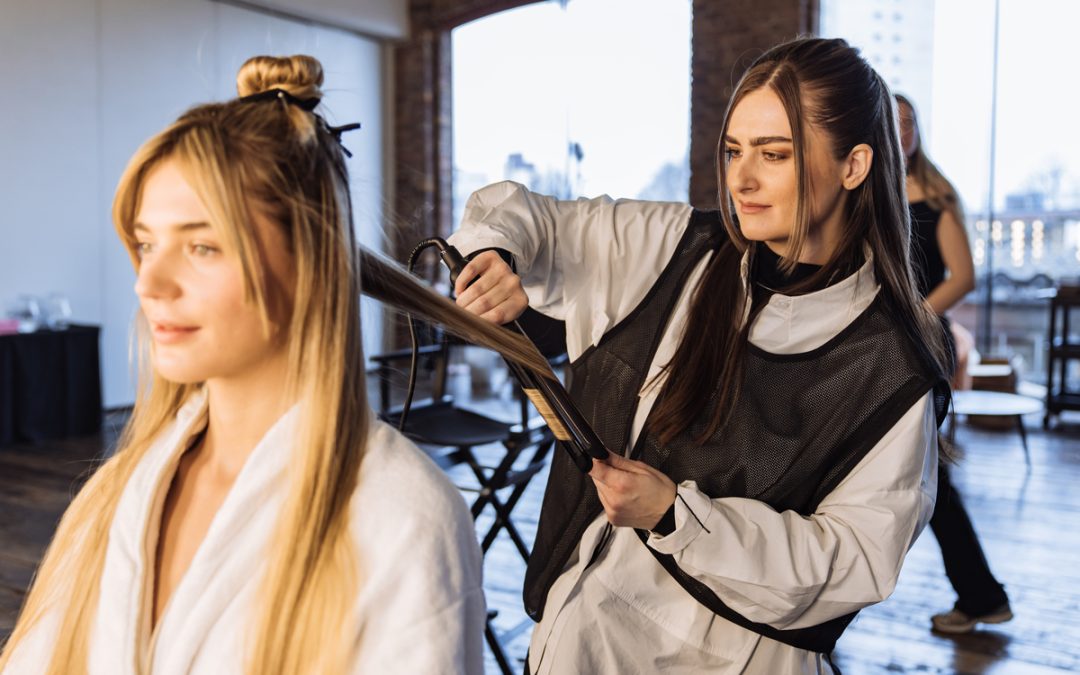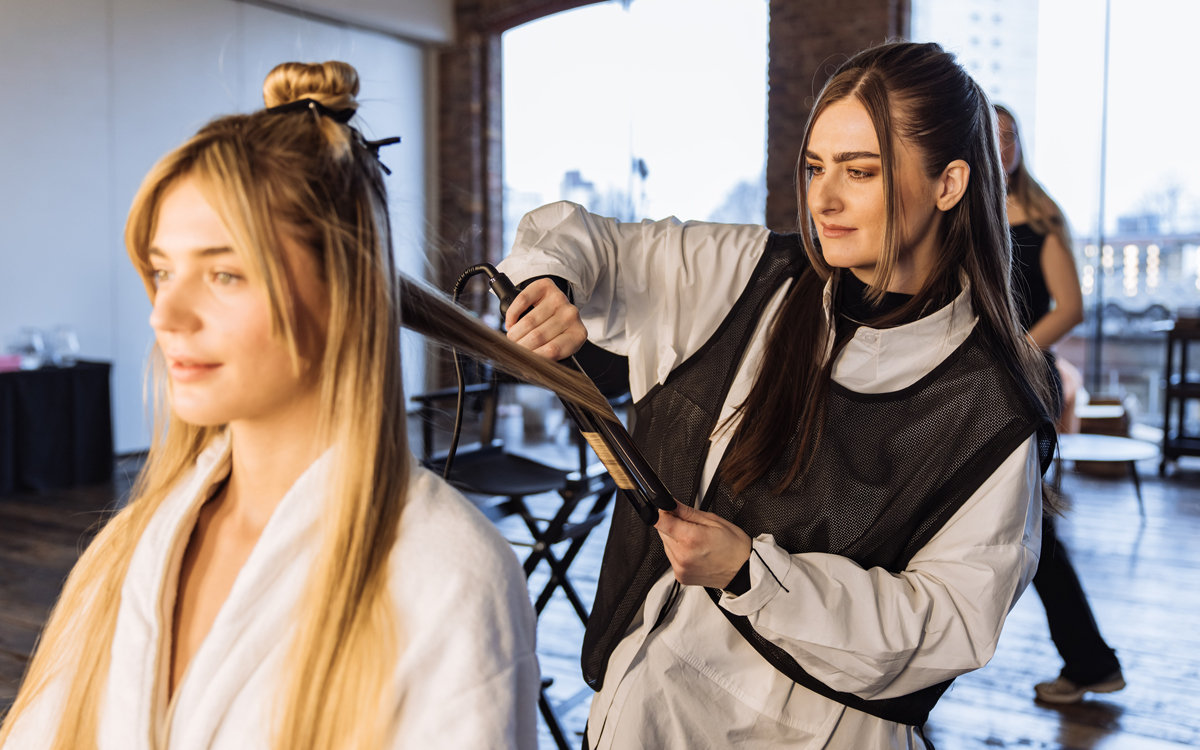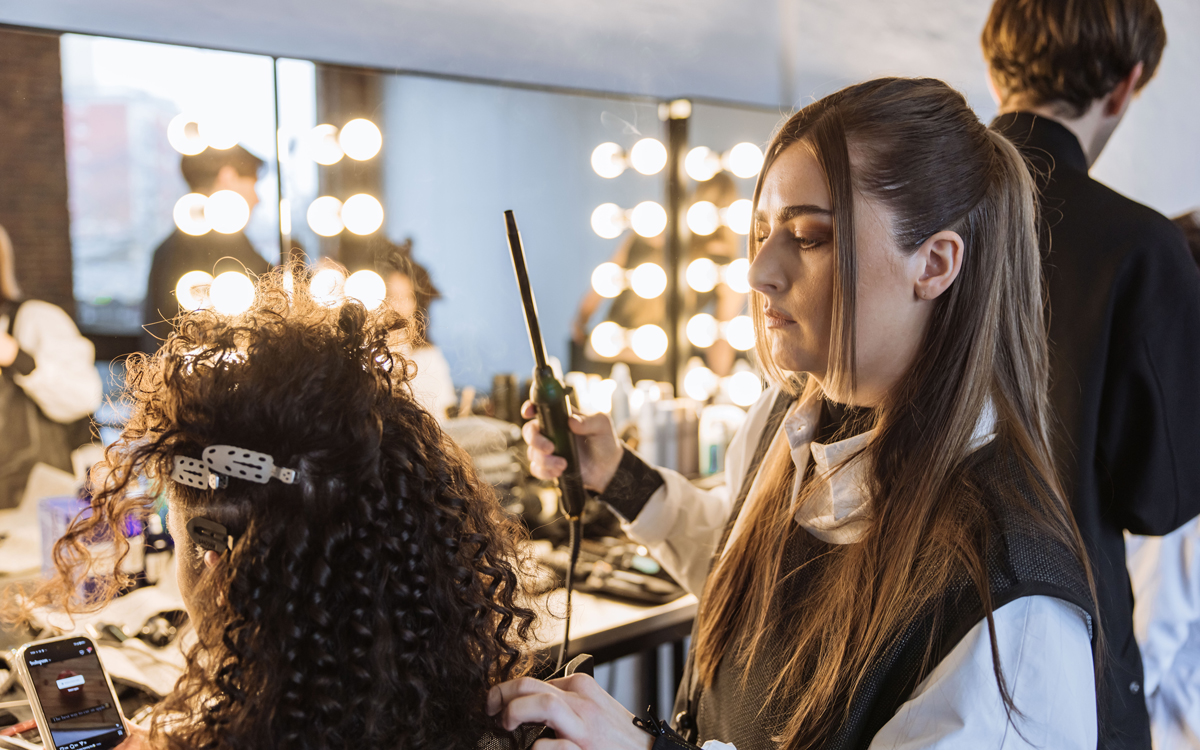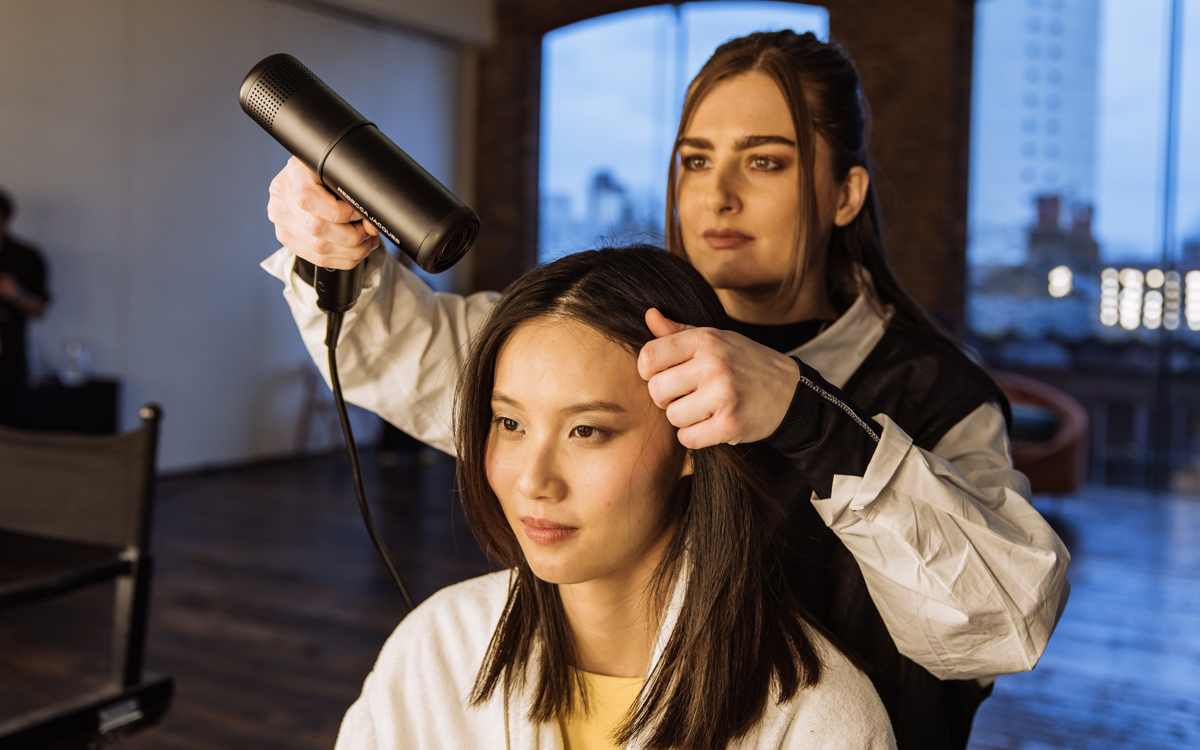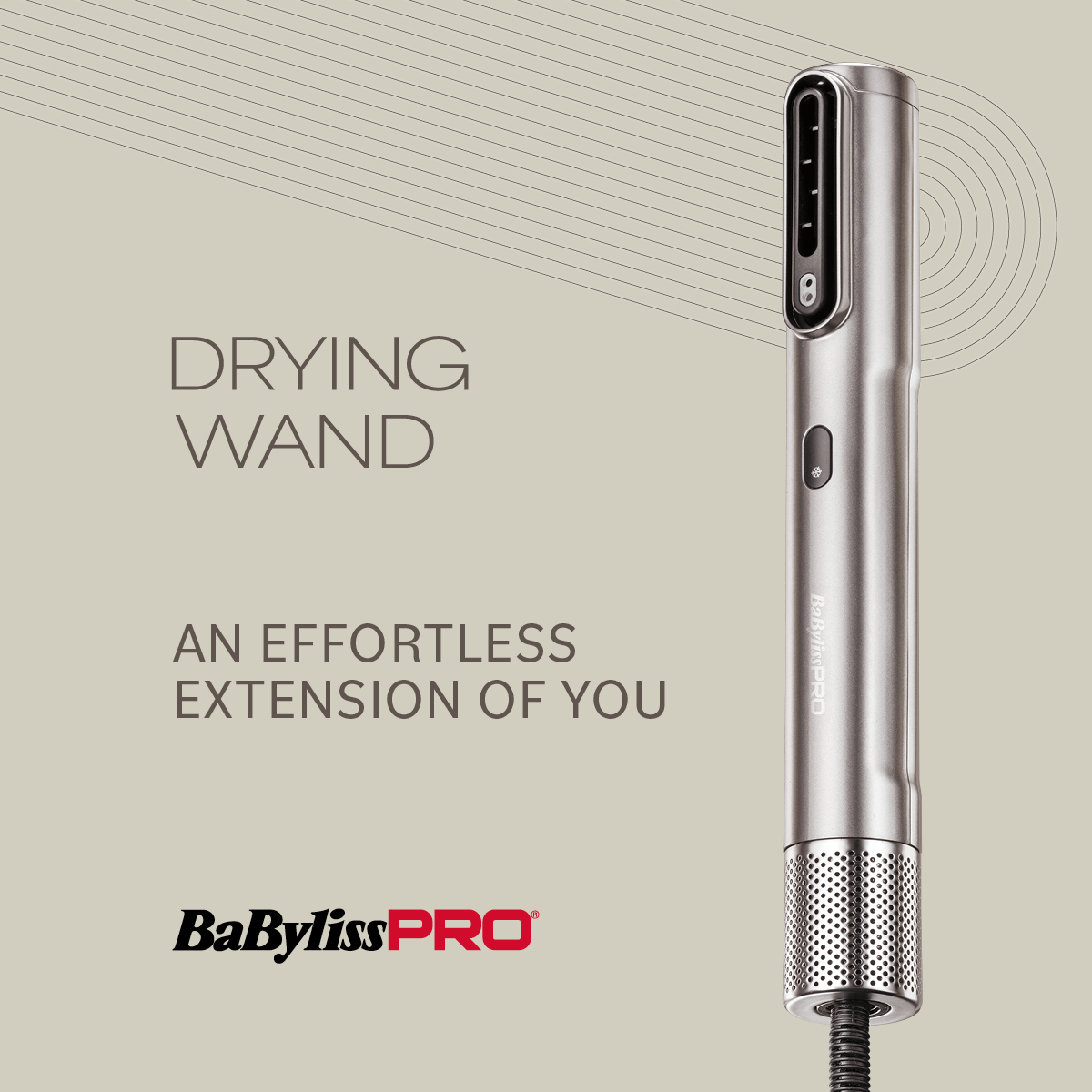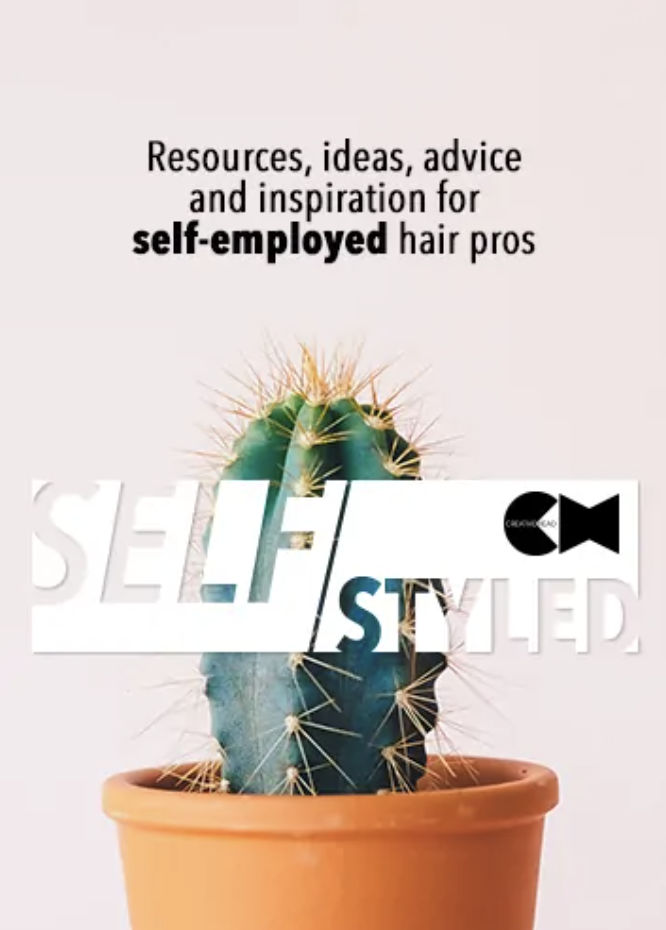
Aminata: Redefining Textured Hair on the Global Stage
Aminata: Redefining Textured Hair on the Global Stage
When Aminata Kamara took the stage at HAIR The Movement in Australia (14–16 September), she wasn’t just showcasing artistry, she was reframing the conversation around textured hair on one of the world’s most respected education platforms.
by ZURI | EXPLORE

Founded by industry legend Sharon Blain, HAIR The Movement is known for spotlighting the world’s most innovative stylists, but this year marked something different: a textured-hair artist not only invited, but headlining the Global Masters/Business Session.
For Aminata, a London-based celebrity stylist with credits that span Chanel, Dior, Louis Vuitton, and Prada, the invitation is more than a personal achievement. It represents a shift in how textured hair is seen and celebrated within the global fashion and beauty industries.
“HAIR The Movement is about cutting through the noise and focusing on true, tangible education that people can apply to their work. It’s also about opening up the conversation around how people think and feel about textured hair, removing barriers that make it seem difficult, intimidating, or limited in what it can do,” she explains.
Reframing Textured Hair in Education
At the heart of Aminata’s work is a simple but powerful philosophy: HAIR IS HAIR. Despite the cultural myths and anxieties that have long surrounded textured hair, she insists that the fundamentals remain universal.
“Yes, afro and curly hair have unique curl patterns, but structurally, a hair follicle is no different from that of Caucasian or any other hair type. Viewing hair as just hair, rather than treating textured hair as something unique or difficult, would be a huge step forward.”
Aminata begins where others hesitate, with water. Often feared for causing shrinkage in afro and curly textures, she instead embraces it as the foundation of her styling.
“Water is a great base for prepping the hair. It reveals the hair’s integrity and helps me work with it, rather than against it,” she says. Paired with product knowledge and precision, this mindset not only destigmatises textured hair but also empowers other professionals to approach it with confidence.
Aminata’s sketches for HAIR The Movement
A Creative Process Rooted in Culture and Community
Aminata’s inspiration flows from her surroundings: family, culture, and the diverse communities she moves within. Childhood memories of traditional styles resurface in her work, often reimagined with a modern edge.
“My culture plays a big role. I often think back to traditional styles from my childhood and reimagine them with a modern spin. Living in a diverse environment also exposes me to different cultures, different people, and I like to bring those ideas together in a way that still feels authentic to my background.”
Her process is both visual and tactile: mapping out looks, experimenting on mannequins, then translating those ideas into finished editorial and runway moments.
Hair by Aminata, Makeup by Renee Sayed.
Dismantling Barriers, Building Bridges
Despite the progress made, Aminata believes the greatest barrier in fashion and education is mindset. Too often, she notes, fear shapes how textured hair is approached, a mirror of wider cultural hesitations.
“We need to be more open to embracing different cultures, ideas, and people, and simply see each other as human. Once you learn the basics and shift your perspective, so much changes.”
Her mission is as much about education as it is about artistry. Through campaigns, backstage fashion week work, and content created with global creatives, she’s steadily building a bridge between textured hair and mainstream hairdressing education.
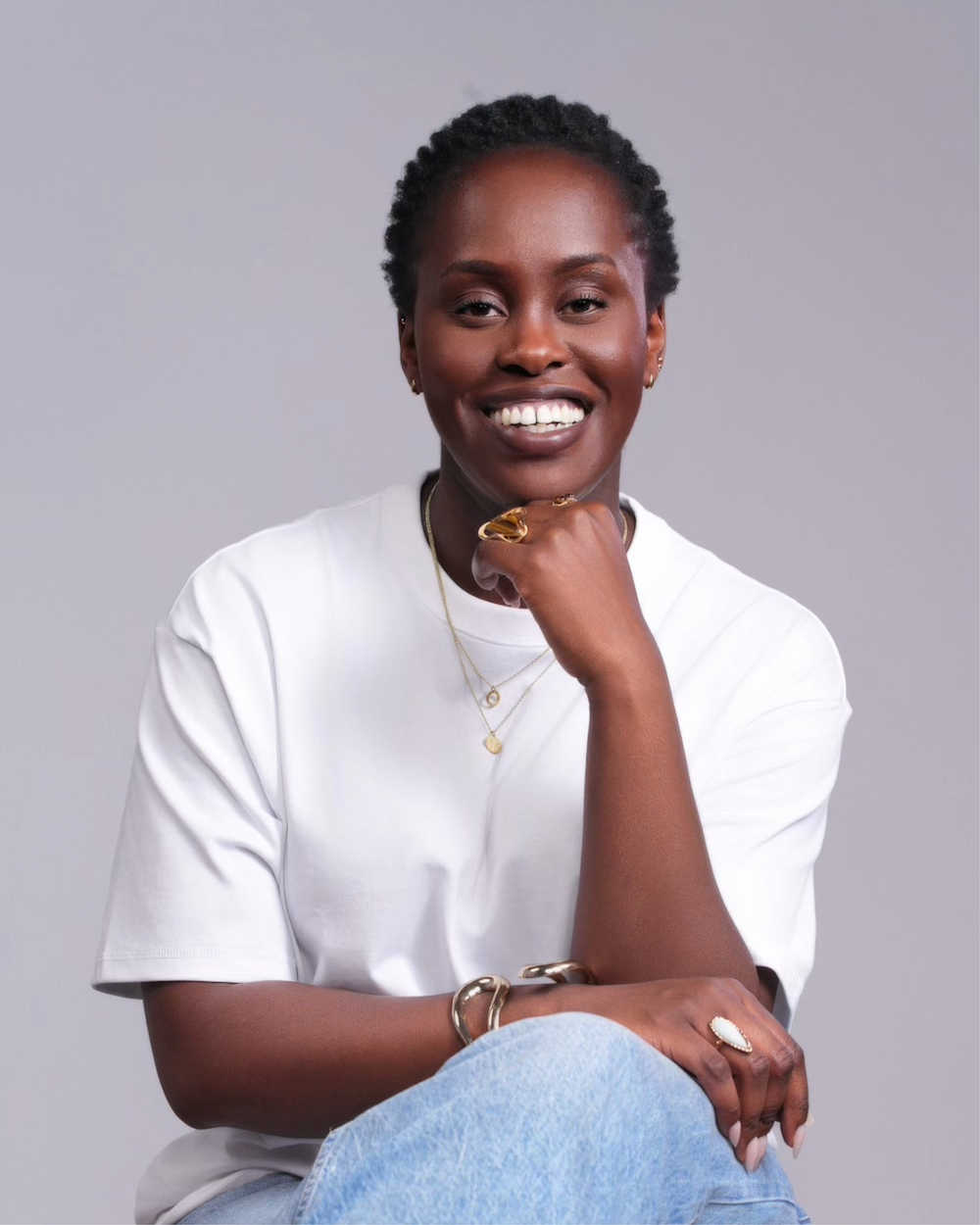
Aminata Kamara
A Milestone for the Future
With Sharon Blain describing Aminata as “one of the most unique and inspiring artists I’ve met,” the recognition underscores the significance of her work. More importantly, it highlights textured hair as an essential part of the global conversation in hairdressing, not a niche or afterthought, but a celebrated craft in its own right.
“I want people to understand that curly hair is limitless and beautiful. For too long, the language around it has been negative, born out of misunderstanding. But the future feels exciting. It starts with us coming together, embracing one another, and focusing less on differences and more on the similarities that unite us.”
As she continues to expand her reach beyond fashion and into education and broadcasting, Aminata’s contribution at HAIR The Movement will be remembered not just as a personal milestone, but as a turning point for textured hair on the world stage.
